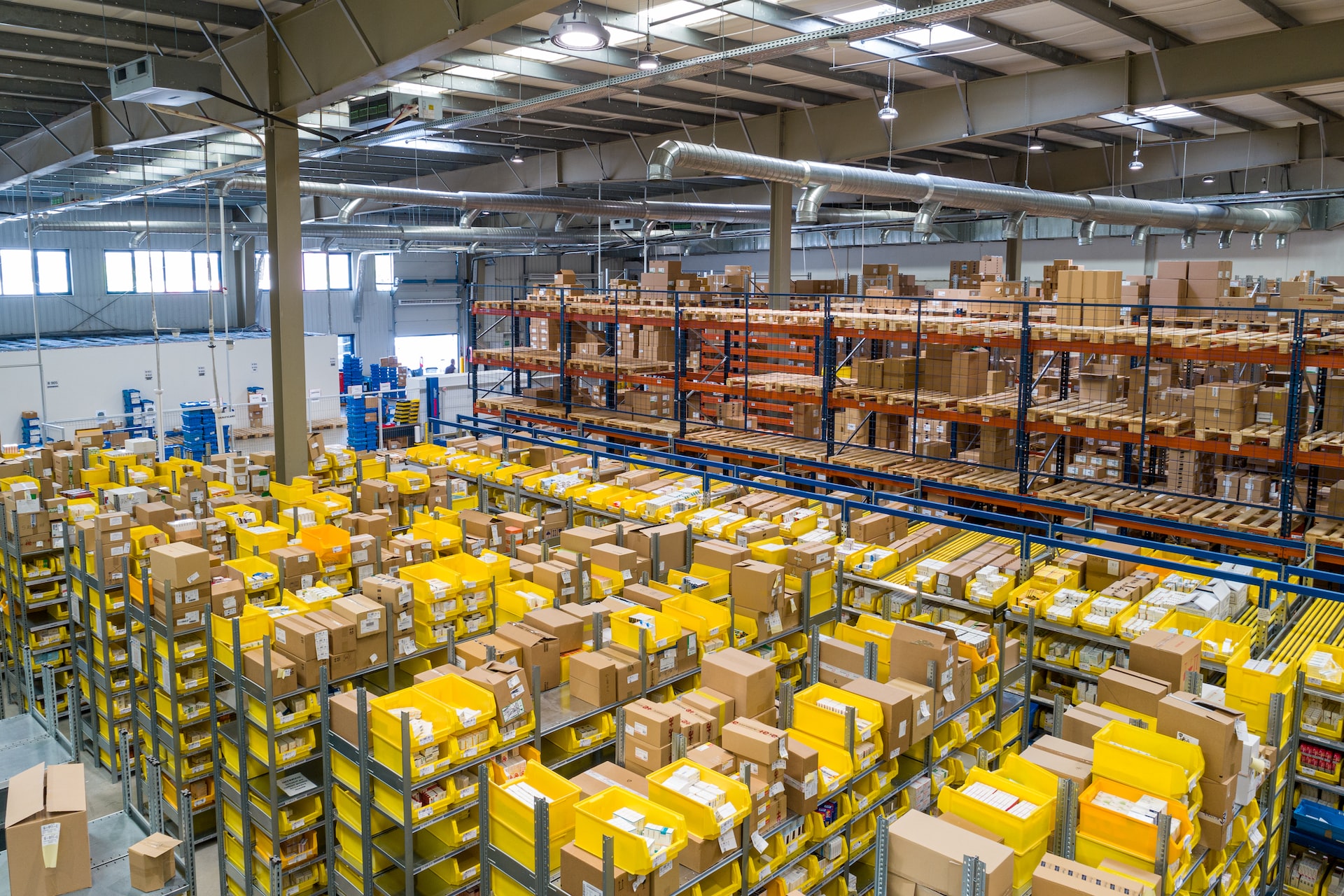
How Can a Digital Warehouse Management System Help Your Company?
January 4, 2023 - Emily Newton
Revolutionized is reader-supported. When you buy through links on our site, we may earn an affiliate commision. Learn more here.
Decision-makers often weigh if, when and how to implement certain technological solutions into a warehouse. One of the most common things they choose to do is invest in a digital warehouse management system (WMS). Optimizing that tool takes time and effort, but it can often pay off in significant ways. Here are some specific outcomes companies can get when they pursue warehouse management systems.
Support Ongoing or Anticipated Growth
Most companies focus on growth as one of their goals. After all, growth is often a key component of staying competitive in the marketplace and meeting customers’ needs. There’s no single, guaranteed path for achieving growth. However, investing in a digital warehouse management system is frequently part of decision-makers’ plans.
In one case, the leaders at a New Jersey-based footwear company knew they had to make some major changes to meet their growth goals. For example, employees primarily used manual, paper-based processes in their workflows. That wasn’t suitable, given that they collectively deal with about 20,000 stock-keeping units (SKUs) and process approximately 2,000 orders daily.
The positive change came when leaders decisively invested in some new technologies, including a digital warehouse management system. The company’s inventory was particularly complex. That’s primarily because shoes typically come in various sizes and change with the seasons. The company’s policy is also to ship items the same day if the orders arrive by 2 p.m.
The company operates two warehouses that total 150,000 square feet. However, its inventory accuracy has jumped by 70% since implementing the WMS. Moreover, the company has achieved an 80% in the product volume handled, with minimal staff increases.
Decision-makers agreed that the growth the company has since experienced would not have happened if it weren’t for the WMS. It resulted in numerous benefits that allowed the company to meet current needs while getting well-prepared for the future.
Improve Existing Processes
Leaders often decide it’s time to get a warehouse management system once it becomes apparent that current processes prevent a company from reaching its full potential. First, however, they must pinpoint the precise obstacles that current processes cause.
Consider the case of a German-based sports retailer that now operates in six countries. Working with a WMS enabled a sixfold jump in parcels shipped daily. One of the specific improvements the warehouse management system allowed was an increase in employees’ picking speed. Instead of retrieving items one at a time, the WMS guided them in getting several products at once, increasing efficiency.
In another case, an oilfield equipment provider enhanced its processes by applying a digital warehouse management system to last-mile delivery efforts and inventory tracking. The chosen solution has a real-time tally system that lets people verify the exact lengths of piping material departing the yard. Employees can also access the WMS on tablets to collect electronic signatures.
Leaders particularly liked how the digital warehouse management system integrated with other technological platforms already used at the company. Additionally, they appreciated how it was quick to deploy and flexible enough to adjust to changing needs at the business.
Maintain or Gain a Competitive Advantage
Most company leaders know they cannot remain passive and expect to keep succeeding in their industries. Remaining relevant and profitable often requires staying aware of technological solutions and knowing when investing in them makes sense.
A recent study highlighted the extent to which decision-makers are doing this. It showed 71% of the executive respondents had spent at least $100,000 on supply chain technology upgrades in 2021. Then, 53% said they had invested in back-office technology, including WMS solutions. One of the main reasons for doing that was to mitigate supply chain disruptions.
A digital warehouse management system is not an all-encompassing fix for everything that ails a company. However, it can often provide better visibility and record-keeping features that help leaders react faster and more proactively to undesirable metrics or situations.
Decision-makers will likely get the best results if they spend time thinking about which improvements they most want to make and how much money they can afford to put towards such initiatives. It’s also worthwhile to determine what industry peers have done to increase competitiveness with WMS technology. They can then get inspiration from those applications and figure out how to implement them in their facilities.
Integrate the Digital Warehouse Management System With Other Technologies
Another major advantage of a WMS system is that it’s usually possible to make it work with other types of tech upgrades a company already has. In such cases, the combined technologies often increase productivity and achieve more than a single solution could.
Consider when supply chain managers at DHL decided to invest in autonomous lift trucks. They deployed nine of them in an 800,000-square-foot facility. The goal was to have them manage certain mid and slow-moving SKUs.
Leaders said, even before the COVID-19 pandemic occurred, labor issues were gaining momentum in the industry. They felt compelled to do something to mitigate their effects and settled on using the autonomous lift trucks. As of 2022, leaders at the company said it would probably be two to five more years before the machines get widely used in operations. However, they’re hopeful about the future.
A startling calculation was one of the things that pushed the decision-makers to investigate this type of automation. It showed that manual lift trucks travel an estimated 500 miles per year within the brand’s 500 facilities. The leaders also liked that the advanced lift trucks would integrate within an existing warehouse management system.
Not every WMS will work smoothly with all the technologies a facility has. But, as this example illustrates, it’s often wise to prioritize those that will.
Are You Ready to Purchase a Digital Warehouse Management System?
Any WMS-related considerations must happen with thought and care. Otherwise, people risk making mistakes that could make their implementations costlier or less effective than they hope.
If you’re seriously considering purchasing this technology, start by considering how you want it to function and what goals it must achieve for your company. It’s also a good idea to set a budget and research service providers to create a shortlist of options.
Besides thinking about your company’s most immediate needs, ponder what could change in the mid to long-term future. Then, the specific details will make you best informed to reach conclusions about what’s most appropriate for your business.
Revolutionized is reader-supported. When you buy through links on our site, we may earn an affiliate commision. Learn more here.
Author
Emily Newton
Emily Newton is a technology and industrial journalist and the Editor in Chief of Revolutionized. She manages the sites publishing schedule, SEO optimization and content strategy. Emily enjoys writing and researching articles about how technology is changing every industry. When she isn't working, Emily enjoys playing video games or curling up with a good book.




